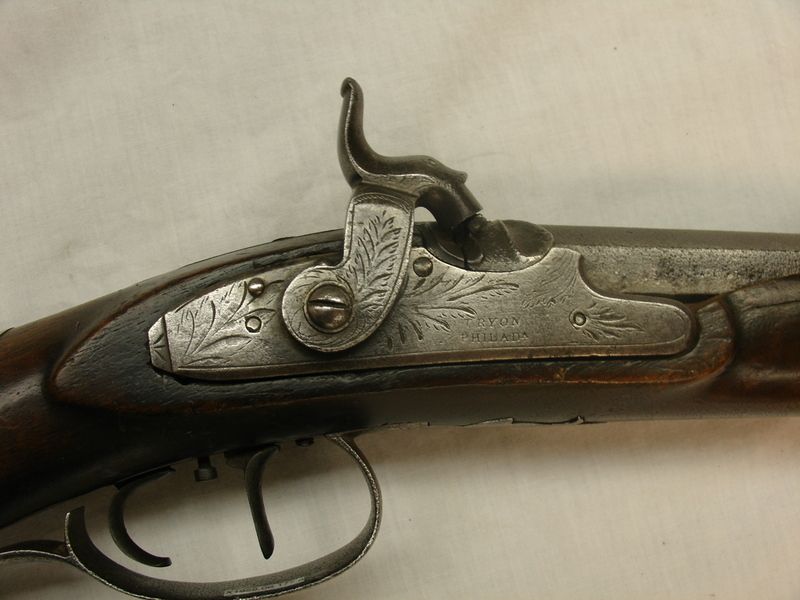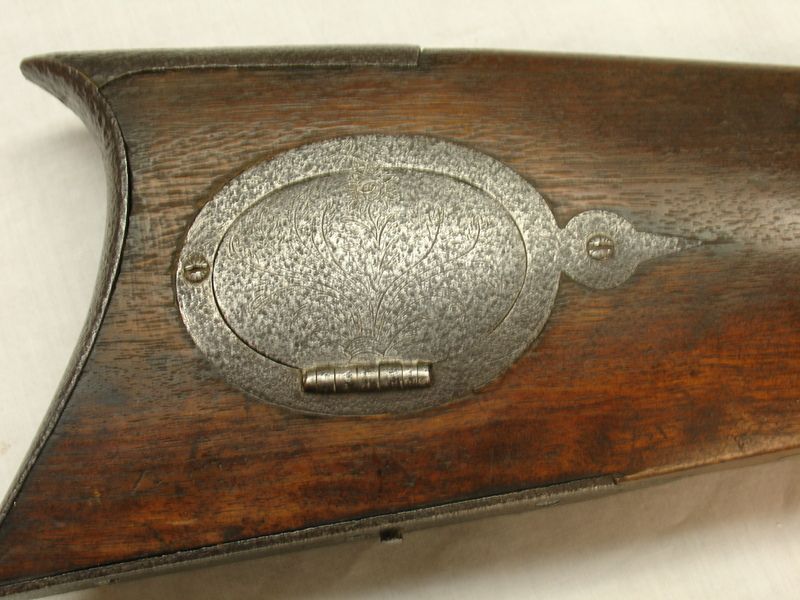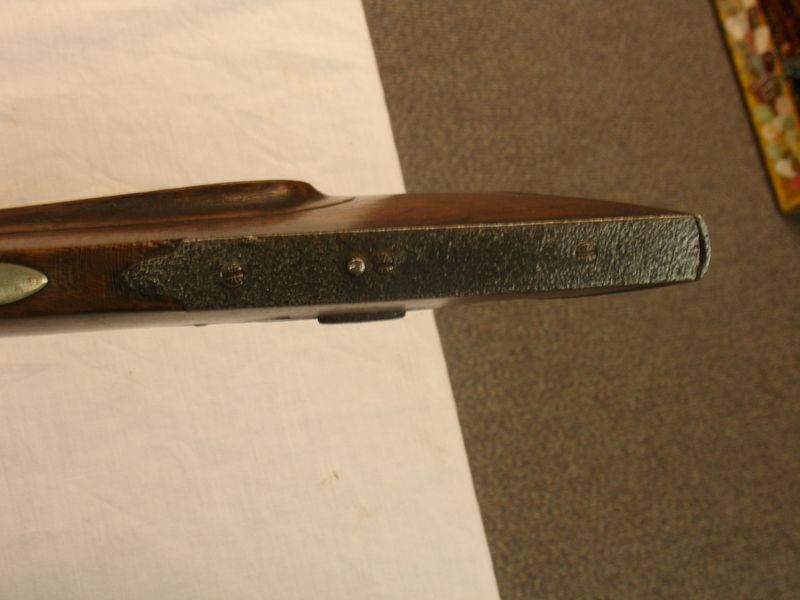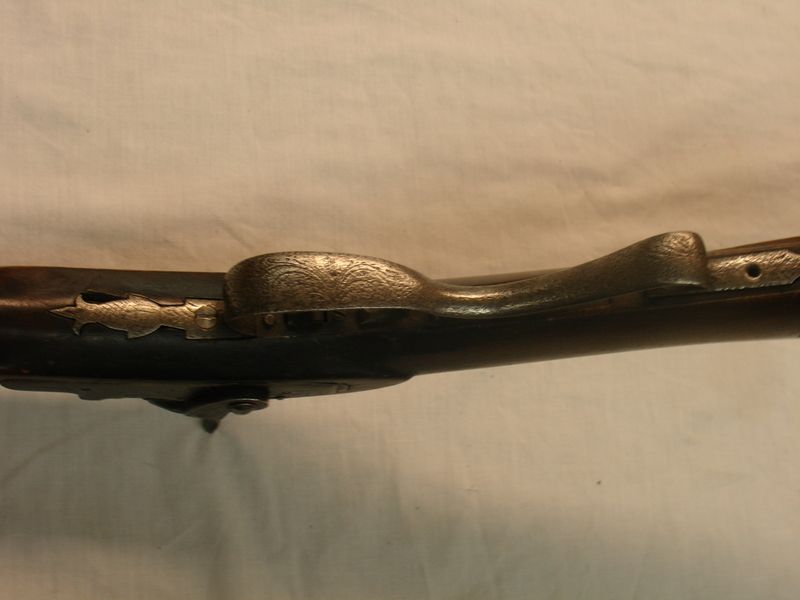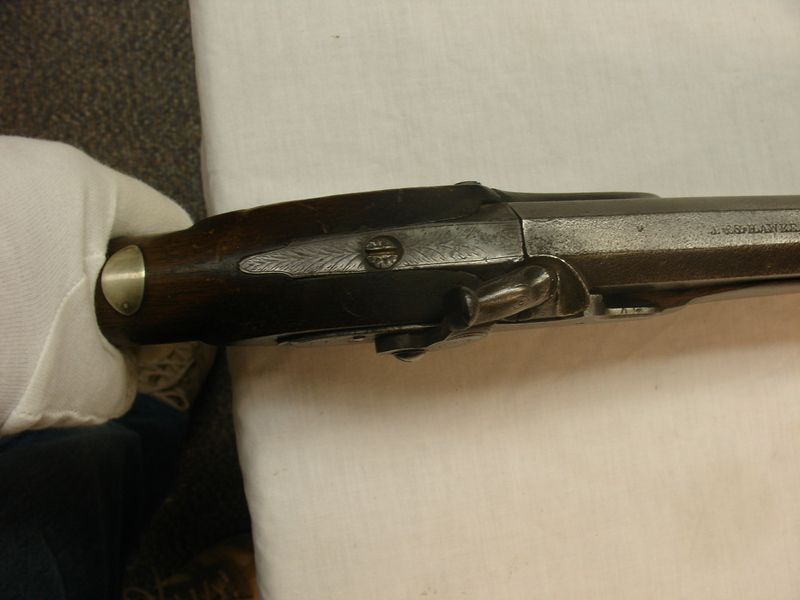Herb,
I'll prevail upon you a little more regarding the rifling of this Hawken rifle. The reason I asked about the rifling shown here is this;
It is my understanding J.P. Gemmer bought the St. Louis Hawken establishment from S. Hawken in 1864. I had assumed that included the tooling which would have included the rifling cutting machine.
Now I have an original J.P. Gemmer rifle that looks like a "Hawken". (Please excuse my ignorance here as I am not versed in rifling terminology) the groves are squared not rounded as seen on this rifle.
Can you help me understand?
Thank you
Gemmer
I'll prevail upon you a little more regarding the rifling of this Hawken rifle. The reason I asked about the rifling shown here is this;
It is my understanding J.P. Gemmer bought the St. Louis Hawken establishment from S. Hawken in 1864. I had assumed that included the tooling which would have included the rifling cutting machine.
Now I have an original J.P. Gemmer rifle that looks like a "Hawken". (Please excuse my ignorance here as I am not versed in rifling terminology) the groves are squared not rounded as seen on this rifle.
Can you help me understand?
Thank you
Gemmer





